COLOR ATLAS OF VETERINARY ANATOMY, Volume 2, THE HORSE
Second Edition
Raymond R. Ashdown, BVSc PhD MRCVS
Emeritus Reader in Veterinary Anatomy, University of London, London
Stanley H. Done, BA BVetMed PhD DECPHM DECVP FRCVS FRCPath
Visiting Professor of Veterinary Pathology, University of Glasgow Veterinary School, Glasgow
Former Lecturer in Veterinary Anatomy, Royal Veterinary College, London
MOSBY
Front Matter
COLOR ATLAS OF VETERINARY ANATOMY Volume 2 THE HORSE
SECOND EDITION
Raymond R. Ashdown
BVSc PhD MRCVS
Emeritus Reader in Veterinary Anatomy
University of London
London
Stanley H. Done
BA BVetMed PhD DECPHM DECVP FRCVS FRCPath
Visiting Professor of Veterinary Pathology
University of Glasgow Veterinary School, Glasgow
Former Lecturer in Veterinary Anatomy
Royal Veterinary College
London
Photography by
Susan A. Evans
MIScT AIMI MIAS
Former Chief Technician in Anatomy
Department of Veterinary Basic Sciences
Royal Veterinary College
London
With radiographs provided by
Elizabeth A. Baines
MA VetMB DVR DipECVDI MRCVS
Lecturer in Veterinary Radiology
Department of Veterinary Clinical Sciences
Royal Veterinary College
London
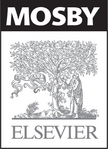 EDINBURGH LONDON NEW YORK OXFORD PHILADELPHIA ST LOUIS SYDNEY TORONTO 2011
EDINBURGH LONDON NEW YORK OXFORD PHILADELPHIA ST LOUIS SYDNEY TORONTO 2011
Commissioning Editor: Robert Edwards
Development Editor: Lynn Watt/Ailsa Laing
Project Manager: Nancy Arnott
Designer/Design Direction: Stewart Larking
Illustration Manager: Merlyn Harvey
Illustrator: Samantha Elmhurst
Copyright
MOSBY ELSEVIER
2011 Elsevier Ltd. All rights reserved.
No part of this publication may be reproduced or transmitted in any form or by any means, electronic or mechanical, including photocopying, recording, or any information storage and retrieval system, without permission in writing from the publisher. Details on how to seek permission, further information about the Publishers permissions policies and our arrangements with organizations such as the Copyright Clearance Center and the Copyright Licensing Agency, can be found at our website: www.elsevier.com/permissions.
This book and the individual contributions contained in it are protected under copyright by the Publisher (other than as may be noted herein).
First edition 1987
Second edition 2011
ISBN 978-0-7234-3414-6
British Library Cataloguing in Publication Data
A catalogue record for this book is available from the British Library
Library of Congress Cataloging in Publication Data
A catalog record for this book is available from the Library of Congress
Notices
Knowledge and best practice in this field are constantly changing. As new research and experience broaden our understanding, changes in research methods, professional practices, or medical treatment may become necessary.
Practitioners and researchers must always rely on their own experience and knowledge in evaluating and using any information, methods, compounds, or experiments described herein. In using such information or methods they should be mindful of their own safety and the safety of others, including parties for whom they have a professional responsibility.
With respect to any drug or pharmaceutical products identified, readers are advised to check the most current information provided (i) on procedures featured or (ii) by the manufacturer of each product to be administered, to verify the recommended dose or formula, the method and duration of administration, and contraindications. It is the responsibility of practitioners, relying on their own experience and knowledge of their patients, to make diagnoses, to determine dosages and the best treatment for each individual patient, and to take all appropriate safety precautions.
To the fullest extent of the law, neither the Publisher nor the authors, contributors, or editors, assume any liability for any injury and/or damage to persons or property as a matter of products liability, negligence or otherwise, or from any use or operation of any methods, products, instructions, or ideas contained in the material herein.
Printed in China
PREFACE
This book is intended for veterinary students and practising veterinary surgeons. Important features of topographical anatomy are presented in a series of full-colour photographs of detailed dissections. The structures are identified in accompanying coloured line drawings, and the nomenclature is based on that of the Nomina Anatomica Veterinaria (1992). Latin terms are used for muscles, arteries, veins, lymphatics and nerves, but anglicized terms are used for most other structures. When necessary, information needed for interpretation of the photographs is given in the captions. Each section begins with photographs of regional surface features taken before dissection, and complementary photographs of an articulated equine skeleton illustrate the important palpable bony features of these regions. The dissections and photographs have been specially prepared for this book.
The horses used for this work were ponies of various ages and types (two stallions, one gelding, three mares and several colt foals). The specimens were embalmed, for the most part, in the standing position using methods routinely employed in the Department of Anatomy at the Royal Veterinary College. Every effort was made to ensure that the final position corresponded to that of normal level standing. In four cases red neoprene latex was injected into the arteries and blue neoprene latex was also injected into the veins of the pregnant mare. The dissections follow the pattern of prosections that were used for teaching at the Royal Veterinary College for many years.
The aim of these dissections and photographs is to reveal the topography of the animal as it would be presented to the veterinary surgeon during a routine clinical examination. Therefore, lateral views predominate and we have, as far as possible, avoided photographs of parts removed from the body or the use of views from unusual angles, or of unusual body positions. It is our earnest hope that this book will enable students and veterinary surgeons to see, beneath the outer surface of the animals entrusted to their care, the muscles, bones, vessels, nerves and viscera that go to make up each region of the body and each organ system.
A significant difference between this and previous editions of the volume is the addition of radiographs and scans which are placed in a new chapter at the end of the book. A second major difference is the inclusion of clinical notes at the beginning of each main chapter. These notes highlight the areas of anatomy which are of particular clinical significance. Finally, over 100 self-assessment questions are available online with this new edition.
We feel that these additions to the book add considerably to its usefulness, especially to the aspiring veterinary surgeon.
ACKNOWLEDGEMENTS
were taken by Malcolm Parsons (Department of Veterinary Surgery, University of Bristol).
The idea of producing an atlas of equine anatomy was based on our yearly teaching program of equine prosection. And we are very grateful to the project editor, designer and illustrator for their hard work and for sustaining us with their optimism and enthusiasm.
Next page

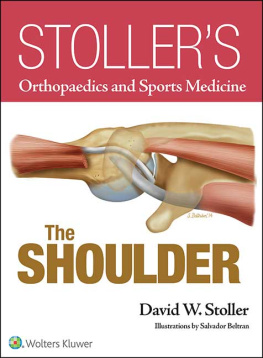
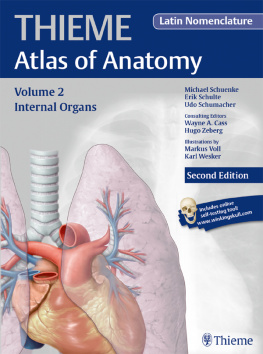
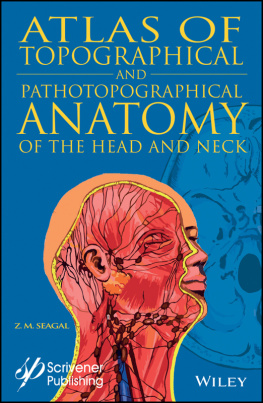
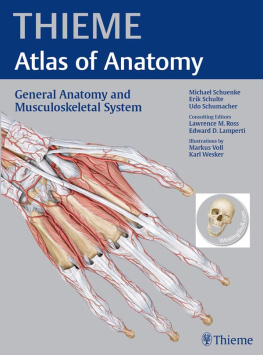
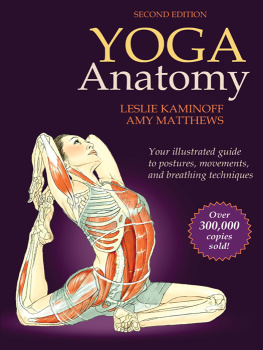
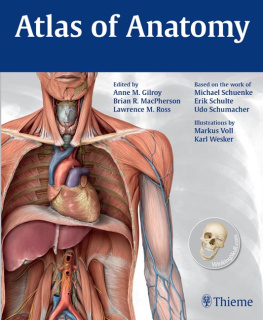
 EDINBURGH LONDON NEW YORK OXFORD PHILADELPHIA ST LOUIS SYDNEY TORONTO 2011
EDINBURGH LONDON NEW YORK OXFORD PHILADELPHIA ST LOUIS SYDNEY TORONTO 2011